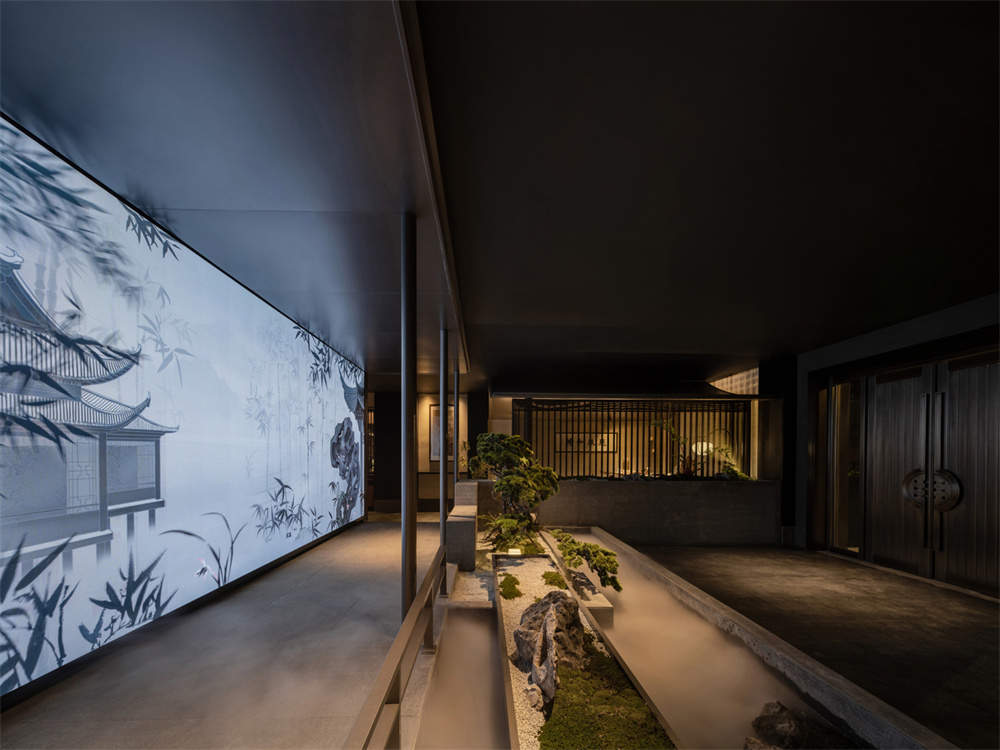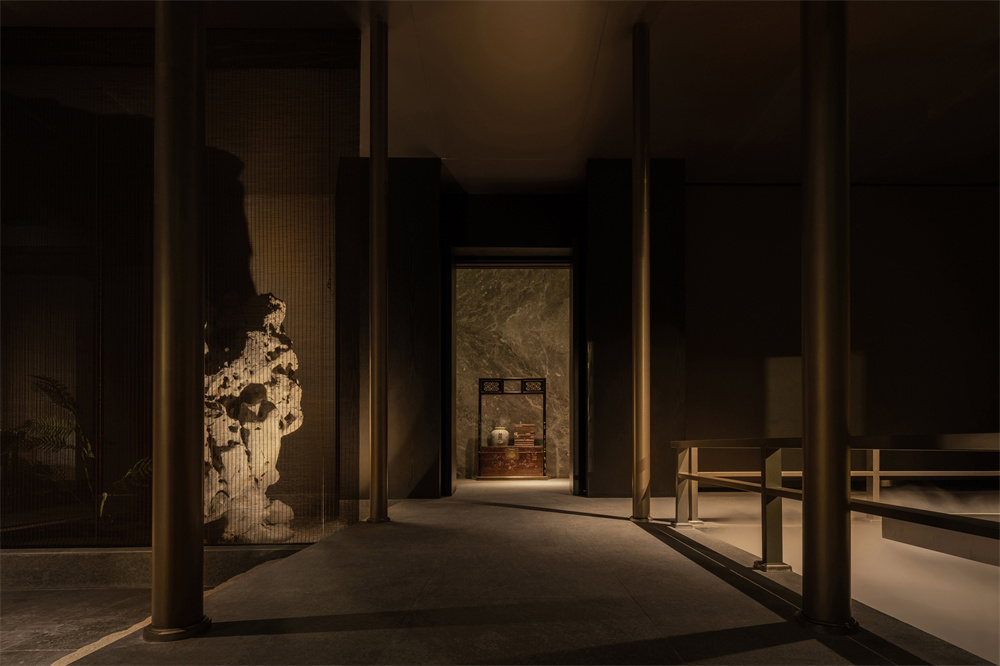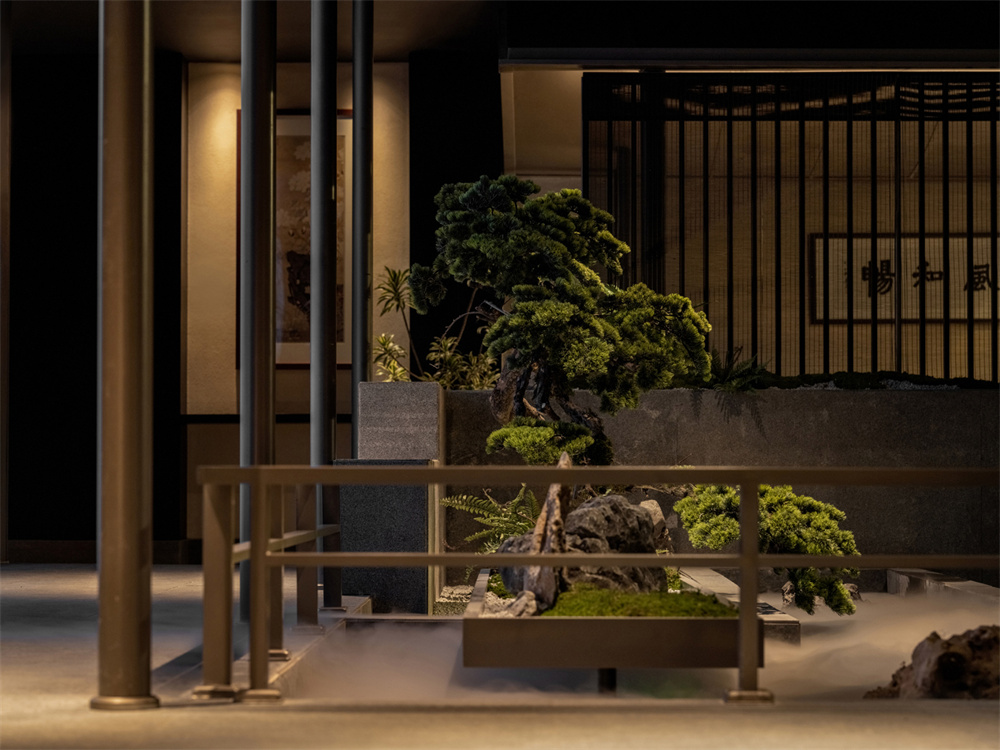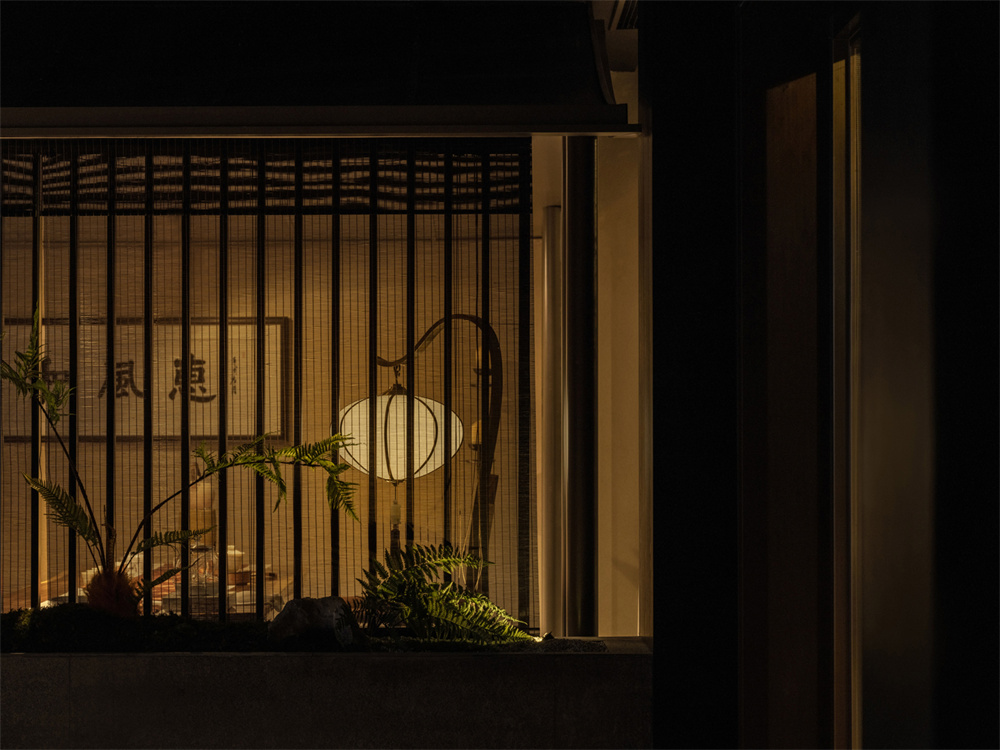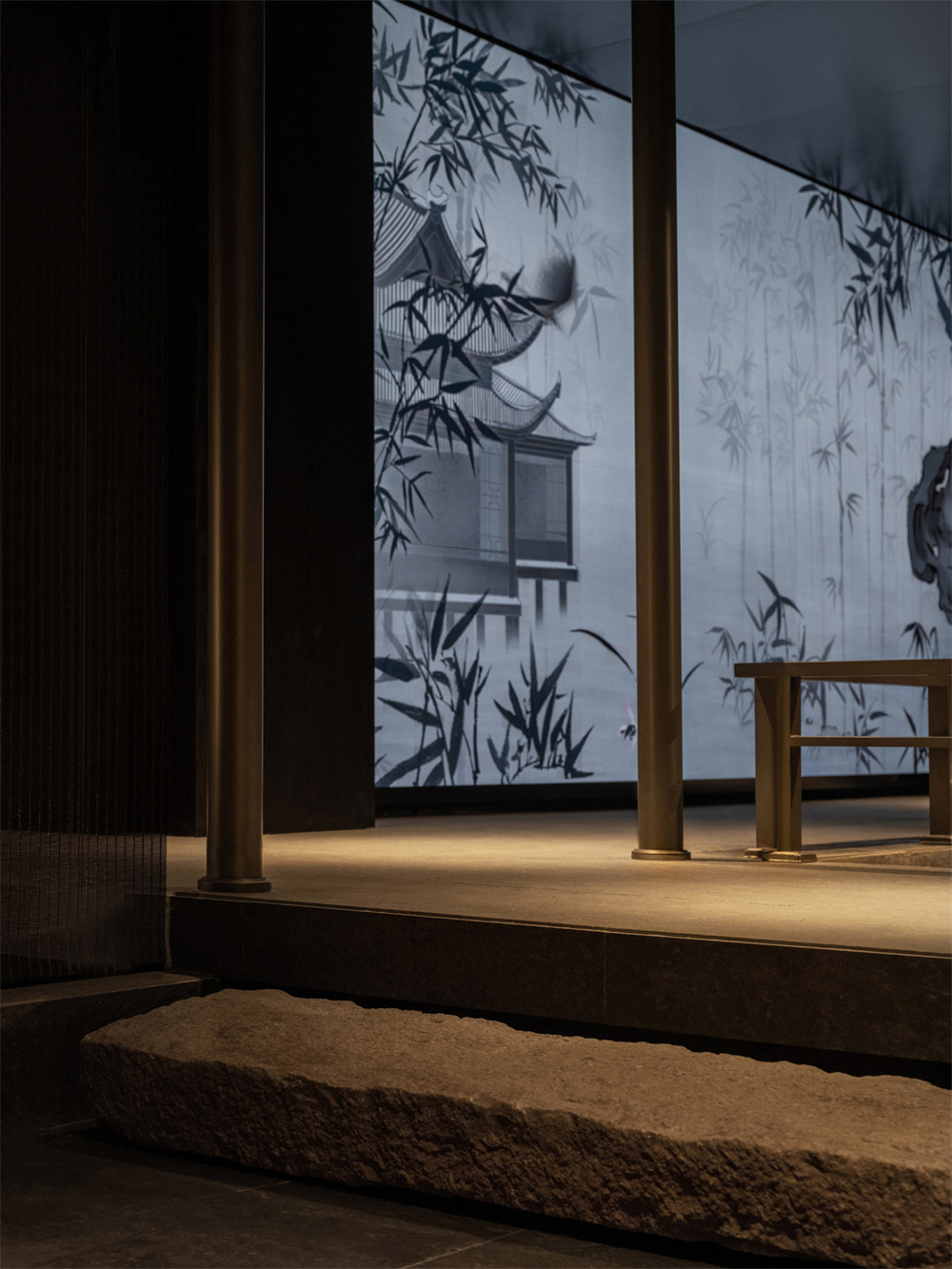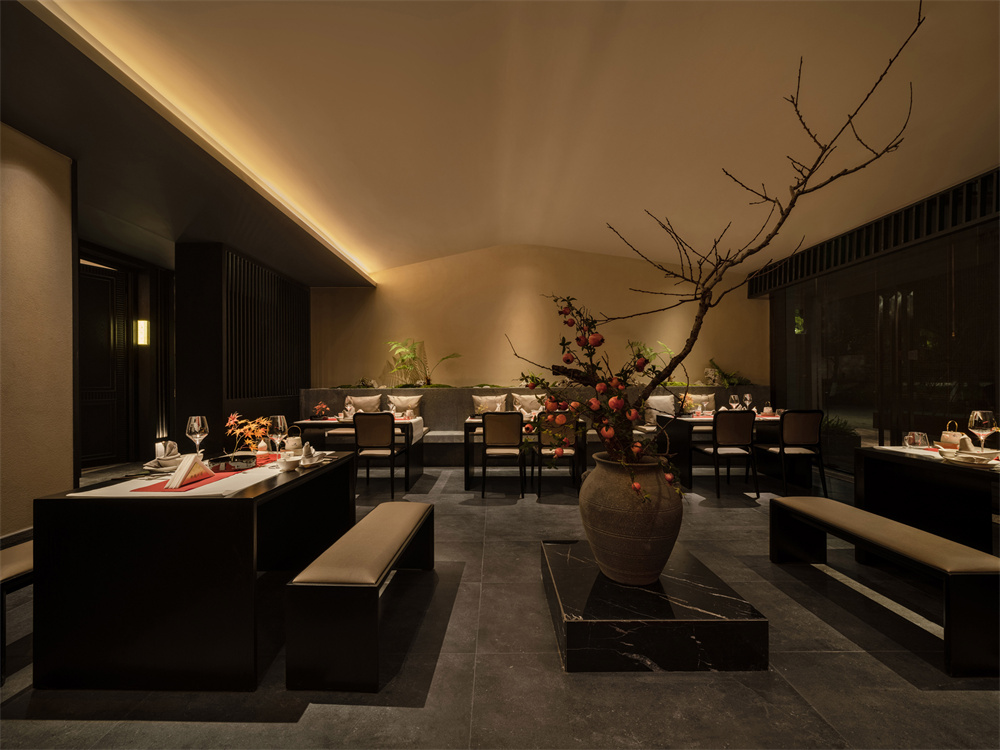Best of Dining Space
Designer / Agency
- Allan Wang
Category
- Dining Space
Award
- 2023 Innovation
Share this project
PROJECT
DESCRIPTION
The project mainly starts from two aspects: culture and aesthetics. Poetry expresses the landscapes and humanistic emotions of Jiangnan, and the millennium inheritance conveys the breadth and depth of Chinese culture to us, precipitating a unique Eastern Wumen aesthetic. Integrating contemporary aesthetics with Eastern Jiangnan culture, allowing design to break through external forms, return to spiritual culture, and experience the simplicity of fireworks in a poetic and picturesque environment.
The structure of this building is divided into two floors, with a pistol shaped spatial structure that combines with the surrounding environment.
The designer imagines the interior as a traditional Soviet style garden, with hidden mountains and water, winding paths leading to seclusion, borrowing scenery to create paintings, and moving towards different landscapes. The space forms twists and turns, endowing it with a dynamic beauty of Jiangnan, which is feasible, achievable, tourable, and livable.
Upon hearing the sound of water pine three hundred steps away, my dream follows the flowing water to the stream bridge. The entrance hall is like a garden, with dialogue unfolding in the hazy mist, poetry tinged in the stillness, listening to the sound of flowing water and smelling the faint fragrance of tea. The gentle beauty of flowing water, the ethereal mists of water, the vitality of moss, and the arrogance of pine trees all converge into a poetic and picturesque atmosphere of space.
Rockeries, ancient pine trees, wrinkled stones, eaves pillars... The antique old artifacts shape the unique elegant charm of Jiangnan gardens.
The darkness is as dark as the twilight, and the floating and translucent light in the space does not dominate or appear too gloomy. Quietly lying in the corner, allowing ancient and modern aesthetics to endlessly intertwine and extend here, paired with the dense mist, arousing people's infinite longing for the Jiangnan style.
The wall of the second floor corridor adopts a deep, partial, and overall approach to express the streets of Jiangnan. The dark top surface is like a night sky, with scattered stars telling the prosperity of Suzhou's night, and the hanging lights on the wall guide diners to explore forward.
The private room adopts a combination of motion and stillness, with warm red tones added to the elegant walls, such as the quiet beauty adding vitality. The windows adopt the form of acrylic partitions, which still hold the pipa and partially cover the surface, giving people a sense of bookish atmosphere while adding a hazy beauty.
Ye Xing often looks for bamboo paths, and goes to a tea house with a more charming atmosphere. Through the bamboo curtains, the tea room is dimly visible, accompanied by a solitary light and greenery. Here, we cook tea and chat with three or two friends, feeling the elegance and leisure. The eaves columns and double sloping roofs form a unique feature of the Jiangnan tea house. The mountain shaped master chair is covered with natural wood patterns, interpreting the owner's leisurely longing for nature.
The layout of the dining table and chairs revolves around the artistic installation in the middle, deepening the interpretation of Eastern aesthetics through the common double sloping roofs in Jiangnan. On the visual level, warm and dark colors are paired to experience the tranquility and mystery of Eastern aesthetics. The embedded light strip gives the space a more lightweight form, making dining a part of enjoying high-quality life.

Designer:Allan Wang
Graduated from the University of Queensland, Australia, with over 10 years of experience in the design industry. Focus on commercial space exploration and innovative design, serve customers all over the country, and cooperate deeply with many listed companies and international brands. The work has won awards such as North American PI, APDC, French Double-sided God, American Muse, Sydney Design, Bauhaus Modern Design, IAI, IWDA Office Innovation Design, and Outstanding Youth in Chinese (Jiangsu) Design. It has been published in multiple media outlets such as the Chinese version of the American Interior Design Network, LJ Design, Inchmaker, and Fashion Office.


